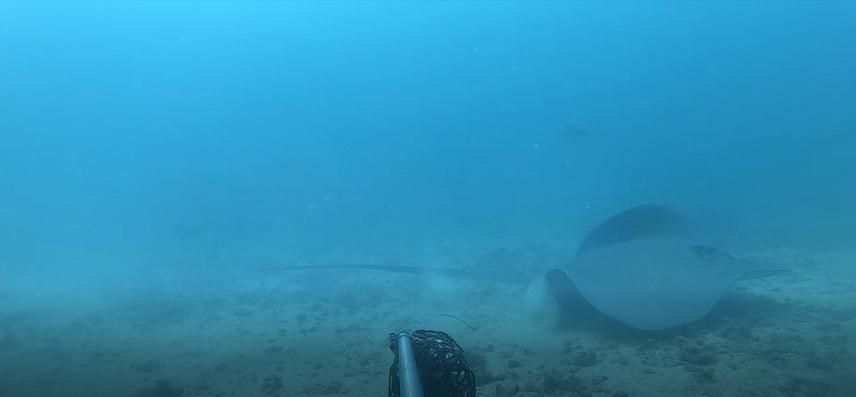Social media video featuring the project
Israel Moreno-Barrientos
Chondrichthyes are top predators; therefore, excellent indicators of ecosystems’ health. Nonetheless, most species and their populations decreased drastically due to inadequate fishing management. In this context, mesophotic reefs are potential refuges for Chondrichthyes. This project aims to study the diversity of Chondrichthyes associated with mesophotic reefs on the coast of Oaxaca, a major fishing ground in Mexico. Bi-monthly surveys will be conducted during one-year using Baited Remote Underwater Video units (BRUVs) at these habitats. Our results will help to determine if mesophotic reefs need protection as a management strategy for the conservation of Chondrichthyes in the region.

In my previous research, I observed that the shark fishery in the area is in critical condition since immature organisms are extracted at a higher rate than adults jeopardizing shark populations' viability. Scientific information generated by the present project will help design and implement management and conservation strategies for reefs and Chondrichthyes' associated species. Our aim is for fishers, tourist operators, officers, and park rangers to understand the role of deep and mesophotic reefs to preserve diversity along the Pacific coast of Mexico.
We will apply informal interviews to local fishers and tourist operators to locate deep and mesophotic reefs not currently mapped. We will build BRUVs following specifications on scientific literature. This method is a breakthrough for the study of deep and mesophotic reefs since it. It will be the first time we use this equipment for this purpose in the region. A systematic review by Turner et al. in 2017 resulted in 349 published scientific papers on mesophotic reefs. None of them are for the Mexican Pacific. Besides, to the best of our knowledge, there are no current research efforts to locate and study deep and mesophotic reefs.
We will produce a bathymetric map for the future location of new deep and mesophotic reefs. This map will be handed out to managers of the Parque Nacional Huatulco, a Marine Protected area in the region, to help with their conservation plan. This catalog will be printed and distributed to the fishers that collaborated with us. A digital version will be available at online platforms for a broader audience.
Data generated from this project will serve as a baseline for studying deep and mesophotic reefs in the region. They will also represent a systematic approach to studying sharks, rays, and chimeras in the southern Mexican Pacific. Managers could use these data to develop and implement strategies for the benefit of fishers, tourist operations, and the resilience of coastal ecosystems.